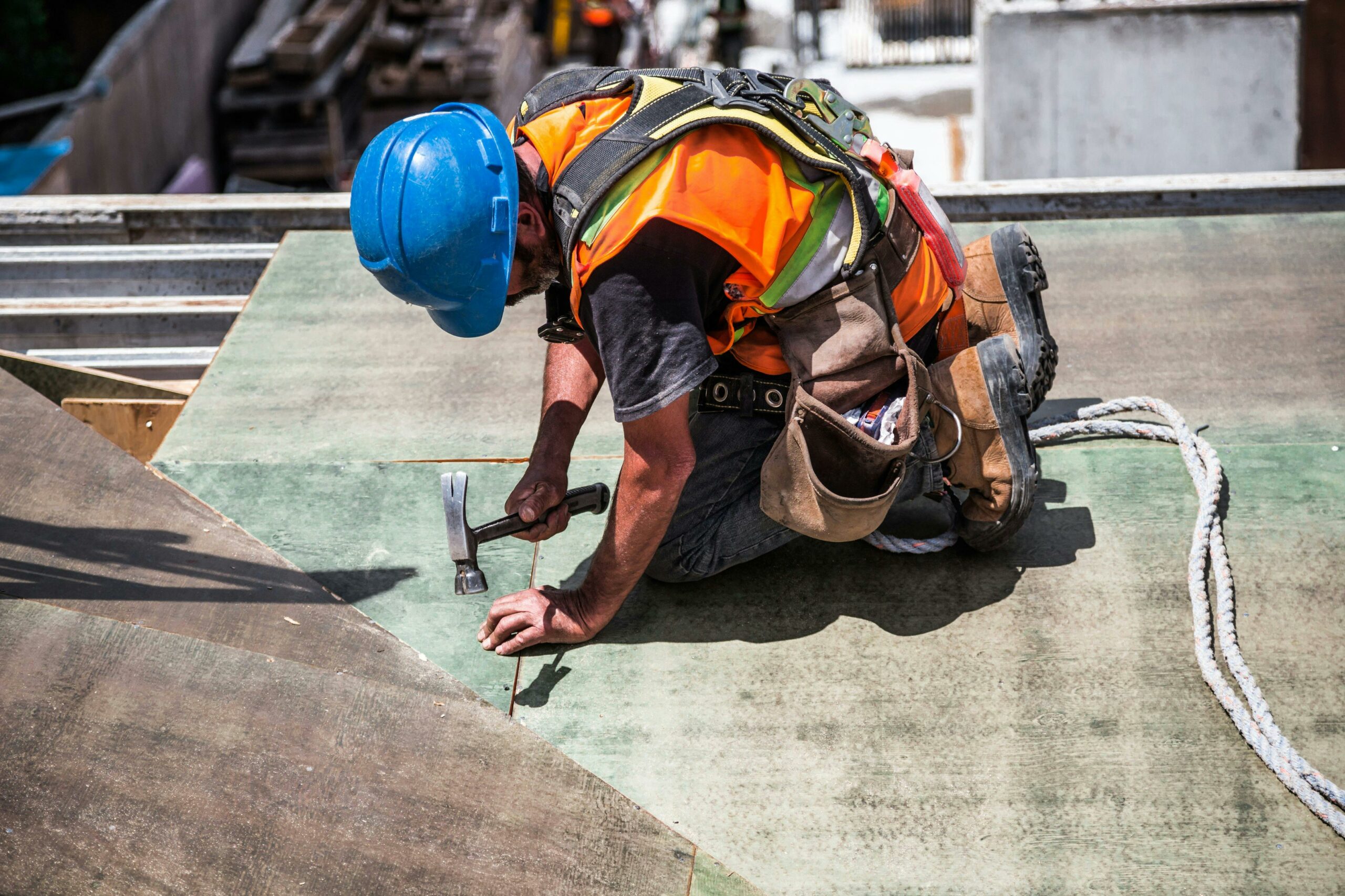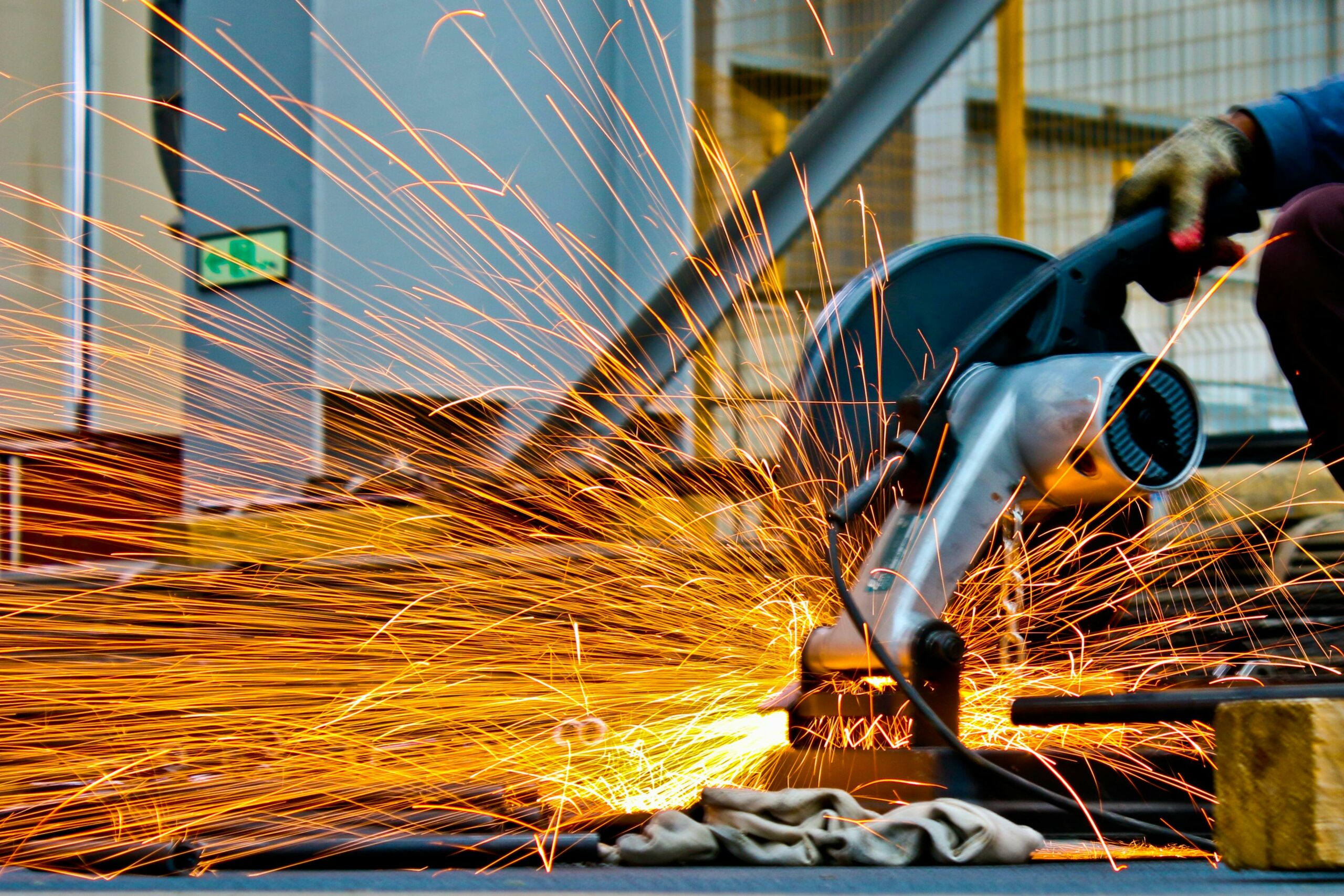Chemical Safety Training
Chemical Safety Training in Industry Chemical Safety Training in Industry Chemicals are a vital part of many industries, from manufacturing and pharmaceuticals to cleaning and maintenance. However, their utility comes with inherent risks. Proper handling, storage, and awareness are not just regulatory requirements—they are critical lines of defence for your employees and your local community. The Reality of Chemical Risks The potential consequences of mishandling hazardous substances were starkly illustrated in January 2024 at a plant in…
Managing Manual Handling Risks
Manual Handling Risk Management Back injuries and back pain are something that most people suffer during their lifetime, with many of these injuries originating in the workplace. In fact, recent Health and Safety Authority (HSA) data confirms that manual handling remains a primary cause of non-fatal accidents. Statistics from 2021 show manual handling was the single most common trigger, accounting for 32% of all non-fatal injuries. These incidents are a leading cause of back injuries,…
Back To Basics
Back to Basics: A Campaign for Safety The Construction Industry Federation (CIF) is launching its 2025 drive for safety under the straightforward but powerful slogan: "Back to Basics." What makes this year different is a critical partnership with Spinal Injuries Ireland (SII), a partnership which adds a face to the purpose of the campaign to avoid life-altering accidents. Behind every statistic there are families that have been affected for life with the tragic outcomes of…
Safe Working At Heights
The Edge of Danger: Safe Working At Heights We must have a serious conversation about falls from height. It's a persistent danger that has led to life-altering injuries and tragic fatalities on Irish work sites. The Health and Safety Authority (HSA) has made it clear: falls from height remain a leading cause of death and serious injury in the Irish workplace. The statistics are a stark warning. In 2024, there were 33 work-related fatalities in…
Driving for Work Guidance
Driving for Work: Understanding the New 2025 Guidance In Ireland, the landscape of road safety and work-related responsibilities is evolving. As of July 2025, new official guidance from the HSA, RSA, and Gardaí establishes updated legal and practical expectations for any employee driving for work. With up to 40% of workplace fatalities now linked to road incidents, and a government strategy aiming to halve work-related road deaths by 2030, understanding these new duties is critical…
Online Contractor Induction
Why Formal Contractor Induction is Essential Successful businesses rely on external expertise. Contractors, maintenance crews, and specialists play a crucial role, but they bring fresh risks. Simply signing them in and pointing them toward their tasks is not enough, legally or practically. Irish law obligates employers to safeguard the health and safety of everyone on site, including contractors. The Safety, Health and Welfare at Work Act 2005 specifically requires employers to inform contractors about site…
Understanding Risk Assessments
The cornerstone of workplace safety: understanding risk assessments We often hear the term 'risk assessment' in discussions about health and safety. However, many people are unaware of their critical importance. Risk assessments are not just a box-ticking exercise; they are the bedrock of any effective safety management system and a fundamental requirement under health and safety legislation. In simple terms, a risk assessment is a thorough examination of what could cause harm in a workplace.…
Right to Disconnect
Beyond the 9-to-5: Reclaiming Your Time with the Right to Disconnect The shift to remote and hybrid work has blurred the lines between our homes and offices. While flexible, this change introduced a significant workplace hazard: the 'always on' culture. The digital tether of laptops and smartphones creates an unspoken expectation to be constantly available. This is why the "right to disconnect" has become a critical conversation in workplace health and safety. It's not about…
Online VDU Workstation Assessments
VDU Workstation Assessments The prevalence of Visual Display Equipment (VDUs) in modern workplaces necessitates a professional approach to health and safety. Implementing correct ergonomic procedures is essential to prevent injury and boost productivity. Attention to detail and everyone's participation can create a safer, more comfortable environment for all. Are You Sitting Comfortably? Why Your Desk Setup Matters. Extended periods of VDU use without adequate ergonomic adjustments can lead to significant health concerns, including musculoskeletal disorders,…
Online Fire Safety Course
Fire safety awareness: protecting all on site When it comes to employees and onsite contractors, implementing correct fire prevention procedures is essential. Attention to detail and everyone's participation can save lives and prevent such incidents. Miscommunication and changes to procedures on site can be a major factor for increasing the risks to all individuals. Why fire safety should matter to everyone Every year, workplace fires cause injury, loss of life, and significant property damage. Fire…










